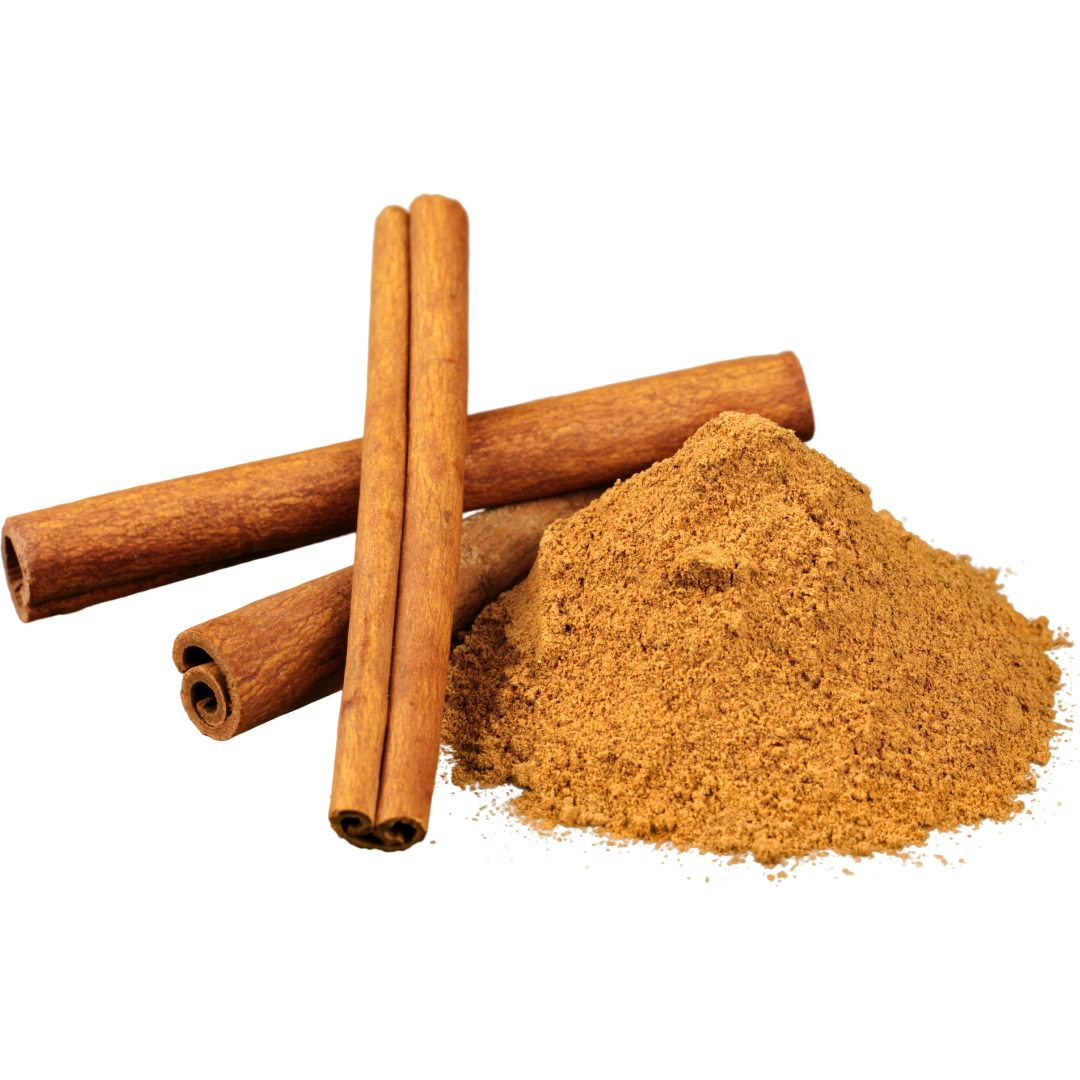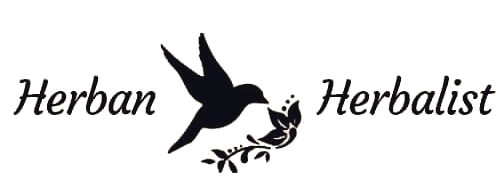Cinnamomum verum Family: Lauraceae

Uses:
Spiritual Uses:
- Love drawing: used in mojo bags
- Money drawing: used in mojo bags
- Better business: used in a floor wash for the front of your business and sidewalk
Caution: None. But avoid large doses in the early stages of pregnancy
Dosage: 1/2 tsp powdered bark infused 1 Cup boiling water taken once or twice daily; 15-30 drops tincture; also used as a common kitchen spice
Parts Used: Inner bark of the tree
Range: Native to India and Sri Lanka, not commonly grown in North America
Habitat & Growing Conditions: Grows in moist, tropical regions
Traditional Chinese Medicine Flavors: Bitter, Spicy, Aromatic, Neutral
Properties:
Key Constituents:
Try the following products that include this herb and its essential oil:
- Cinnamon & Clove Infused Honey
- Basil Bounty Soap
- Patchouli Passion
- Elderberry Syrup
- Love Drawing Incense
- Prosperity Incense
- Solar Plexus Chakra Roll On
- Root Chakra Roll On
- Abundance Spray
Sources:
The Way of Herbs, Michael Tierra p75
Medicinal Herbs: A Beginner's Guide, Rosemary Gladstar, p64
These statements have not been evaluated by the Food and Drug Administration. This product is not intended to diagnose, treat, cure, or prevent any diseases. If you are under the care of a health care provider and/or taking prescription medication, check with your health care provider before taking any herbal supplement.
